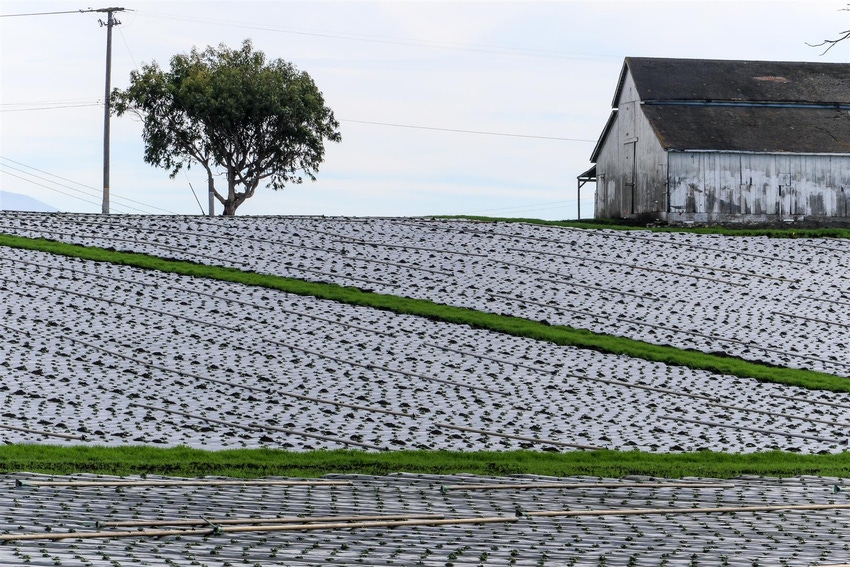October 7, 2016

Guided by a new scientific assessment of health risks, the California Department of Pesticide Regulation (DPR) announced an update to the way the fumigant pesticide 1,3-Dichloropropene (1,3-D) is managed and used in California.
The pesticide, commonly known by the brand name Telone (owned by Dow AgroSciences), is used to control insects, nematodes and other organisms in the soil that threaten a variety of crops including sweet potatoes, almonds, strawberries, grapes and carrots. It has been used in the United States since 1954 and in California since 1970, mostly in the San Joaquin Valley and Central Coast regions.
The new restrictions, which will take effect Jan. 1, 2017, include:
An annual limit of 136,000 pounds within each six mile by six mile area known as a township. (Townships are used to track pesticide applications). Currently, township limits are between 90,250 and 180,500 pounds per year;
One township in Merced County will be temporarily restricted to a lower limit of 115,000 pounds until Jan. 2018. All volume of 1,3-D are adjusted using application factors that include fumigation method, month, and region;
Discontinuing the current practice of carrying forward or “rolling over” unused allocations of 1,3-D from one year for use in future years; and,
A ban on the use of this pesticide during December, when weather conditions tend to make air concentrations higher.
1,3-D is a fumigant pesticide that is injected into the soil to sterilize it before the crop is planted. In 2007, the U.S. Environmental Protection Agency classified it as a likely carcinogen, and it is included on California’s Proposition 65 list of chemical “known to the state to cause cancer.”
California is the only state to limit how much of the pesticide can be used annually in any area. 1,3-D is also a restricted material, meaning it can only be applied by trained, certified applicators under special permit from a county agricultural commissioner.
In the last decade, DPR’s regulations allowed growers to use varying amounts of 1,3-D in a township annually. These limits ranged from 90,250 pounds to more than 180,500 pounds provided growers used less in other years.
It also allowed unused allocations of the pesticide to be carried over into the following years. As a result of these flexible limits, some growers often used more than 136,000 pounds of this pesticide annually per township. This will not be allowed to continue.
The new annual limit of 1,3-D was developed after DPR completed a comprehensive scientific study of this chemical, known as a risk assessment, and after reviewing air monitoring data.
More background can be found at http://cdpr.ca.gov/docs/whs/1_3_d.htm.
You May Also Like




